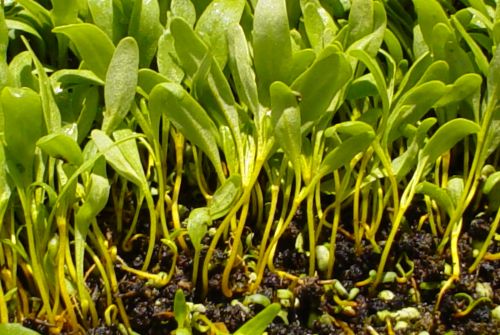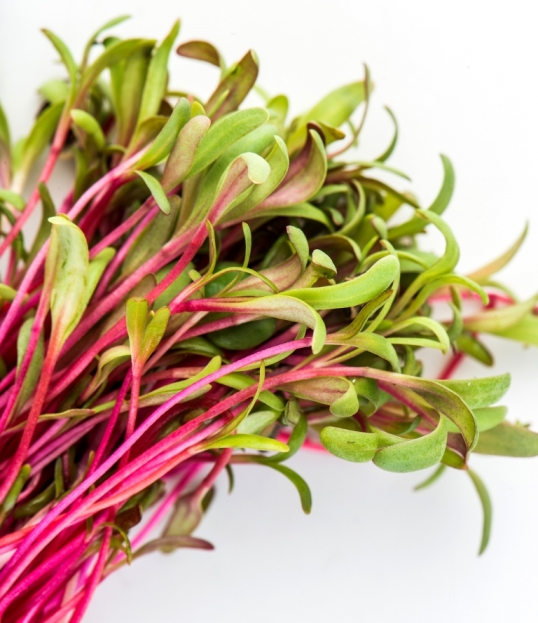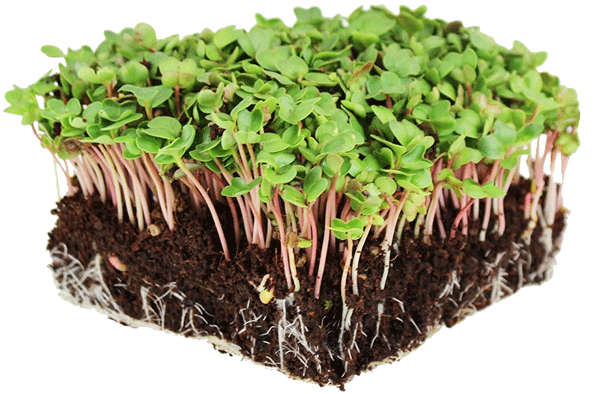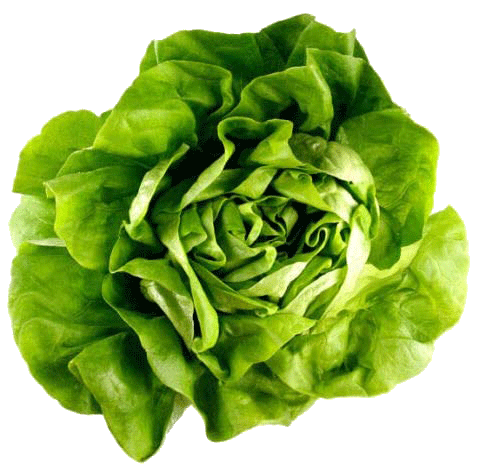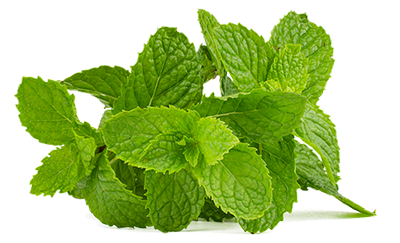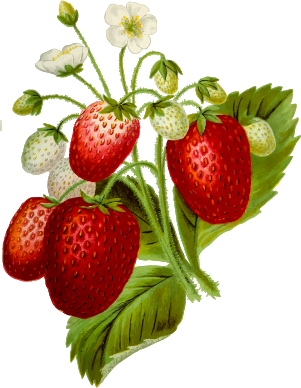Chard is a leafy green vegetable with highly nutritious leaves, which makes it a popular ingredient of healthy diets. It has a mild flavor similar to spinach, though they are unrelated, and doesn’t have the bitterness of the kale. The flavor of its large stalks, which are often prepared separately from the leaf blade, has been compared to that of the stalks of bok choy.
Chard microgreen are the baby plant of the mature leafy green plant. They are a young vegetable green produced from the chard vegetable seed when the plant’s first cotyledon or true leaf appears. Like most microgreen, their stem and leaf are edible and make excellent seasoning to soup, garnishing, and addition to salads and sandwiches. Aside from the earthy flavor, chard microgreen have amazing colors to show, which can add highlights to any microgreen salad.
Microgreen started to be known in San Francisco in the US in the 1980’s with a few pioneering microgreen plants. They grew in popularity westward from California in the 1990’s. Chard microgreen may have been among the new varieties of microgreen introduced around that time.
The different varieties of chard vegetables can be cultivated as microgreen. They are characterized by their colors with the most popular choices of growers as follows:
- Barese – White stem with green leaves
- Large White-Ribbed – White stem with green leaves
- Green Lucullus – White stems
- Orange Fantasia – Awesome orange variety
- Fordhook Giant – Green leaves, white stem
- Bright Lights Blend – White pink, gold orange, purple-red stem
- Magenta Sunset – Pink stems and veins
- Ruby Red/Rhubarb – Candy apple, red stems
- Peppermint – Pink and white stems
